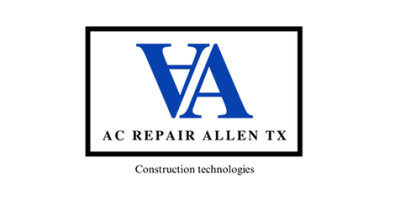They discuss the magic 3D printers and how they will change the construction world. But is it so? In this blog post, we will examine some disadvantages of 3D printing at home and why it might not have a future.
Technology
When people don’t have jobs, they use raw technology. This kind of technology is expensive and mixes plastic quickly. It’s hard to use printer technology with this mixture, so holes in the wall make it weak. There might be a way to fix this problem, but it hasn’t been figured out yet or tested over time. For this unfinished technology, a lot of money is spent on a 3D printer, which you must try to recoup. Although successful buildings exceed unsuccessful ones, the percentage of marriage remains high.
Costs Involved
Another disadvantage of 3D printing at home is the costs involved. First, you need to buy a 3D printer, which can be quite expensive, as well as maintenance supplies like ink and filament. Then you have to pay for electricity to run the printer and time spent building projects or trying to fix any errors that may occur. All of these costs add up and can become quite expensive over time.
Working Conditions

The printer itself can work in frost up to -35 degrees. But this is useless because mixtures can be laid only in plus and clear weather. Even if you manage to build something, it will be weak and can easily crumble. In addition, keeping the heat inside the built object is difficult by trying to save on insulation.
The printer prints only the walls. It is 20-25% of the cost of the whole house and, in the framework of work, even less. There are savings, but we are discussing the revolution, which is not here.
Safety Concerns
Finally, 3D printing at home has security issues. Some materials used in 3D printers are dangerous and require special ventilation, protective clothing, and eye protection. If not handled properly, there is a fire or even explosion risk. There have been cases where 3D printing has caused fires in homes due to improper setup or materials used.
In conclusion, 3D printing at home may seem attractive, but it comes with many disadvantages and potential risks. For example, it is expensive, unfinished technology, and safety concerns could be disastrous if not handled properly. For these reasons, 3D printing at home may not have a future.

